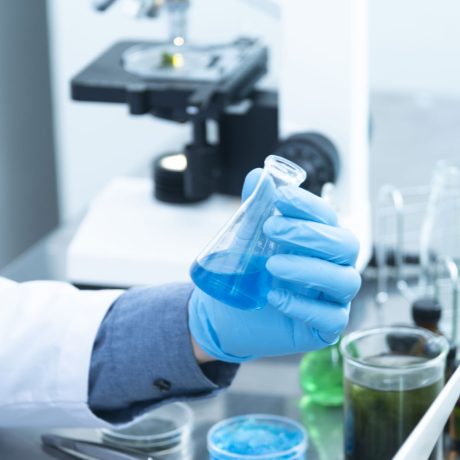Anemia Blood Test
Blood Test for Anemia: Identifying Anemic Disorders
Anemia is a condition when a person has a low amount of red blood cells associated with low hemoglobin. Hemoglobin is a protein in red blood cells that carries oxygen and delivers it throughout the body.

Anemia is the most common blood disorder, and it can be associated with:

Anemia caused by blood loss

Anemia caused by decreased or faulty red blood cell production

Anemia caused by destruction of red blood cells
This test panel involves measuring the protein hemoglobin and the cells that make up your blood:
Red Blood Cells, White Blood Cells, and Platelets.
This group of tests also assesses other things ,such as iron, vitamin B12, and folic acid.
This test panel includes the following tests:
-
Complete Blood Count (CBC)
-
Hemoglobin
The main protein in red blood cells which transports oxygen.
-
Hematocrit
The amount of red blood cells in the blood.
-
Red blood cell count (RBC)
The amount of red blood cells (erythrocytes) in the blood.
-
White blood cell count (WBC)
The amount of white blood cells, which fight off infection.
-
Platelet Count
The amount of platelets, a blood cell that helps form clots to stop bleeding.
-
Mean corpuscular volume (MCV)
The average volume of red blood cells in the blood.
-
Mean corpuscular hemoglobin (MCH)
The amount of hemoglobin in a given volume of red blood cells.
-
Red cell distribution width
The difference of red blood cell size or volume in the blood sample.
-
Percentage and absolute differential counts
The amount of different white blood cell types within the blood.
-
Iron
If your body doesn’t have enough of the mineral iron, you may develop iron-deficiency anemia, a common type of anemia.
-
Total iron-binding capacity (TIBC)
The total amount of iron that can be bound by proteins in the blood. It’s a measurement which helps differentiate between anemia types, and it helps indicate the availability of transferrin, an iron-binding protein in the blood.
-
Ferritin
A blood protein that contains iron. It’s released from cells when the body signals to make more red blood cells. If there is an iron deficiency, ferritin levels will be low.
-
Vitamin B12
Also called cobalamin, vitamin B12 helps make blood cells and DNA, the genetic material in all cells of your body. It also helps prevent a type of anemia called megaloblastic anemia. If your body isn’t able to absorb vitamin B12, it can cause pernicious anemia.
-
Folic acid
A type of vitamin B that helps make new red blood cells. Folate-deficiency anemia is caused by low levels of folic acid in the blood. This can cause blood cells that are larger and few.
